How were supporting towers and anchoring structures of uLite complex developed?
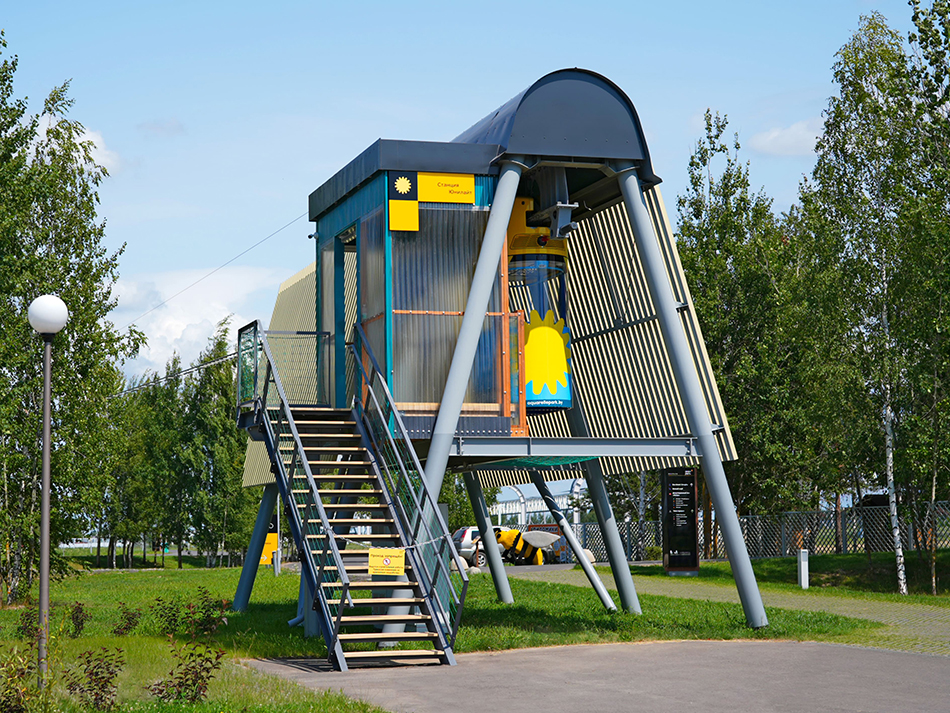
The creation of uLite transport and infrastructure complex comprised several trends at the same time. One of them was designing of supporting towers and anchoring structures. How did this process proceed and what solutions did UST Inc. professionals download when designing these elements?
From search of ideas to implementation
Artyom Kabakov, Chief Project Engineer of UST Inc., says that first of all the concept of the track structure was worked out, "Based on this, the design of supports was devised. Initially, we considered a number of options in search of an optimal solution. The key parameter in developing the supports was structural aesthetic minimalism: lightweight and economical structures without redundant elements".
According to the company's experts, two calculations were made when designing the structures: preliminary and duplicating verifying calculations with the analysis of elements in a 3D model. Based on the results obtained, the experts improved the design, taking into account the cost factor. In addition, software systems were used, that made it possible to verify the adopted design solutions as quickly and efficiently as possible and to exclude possible errors.
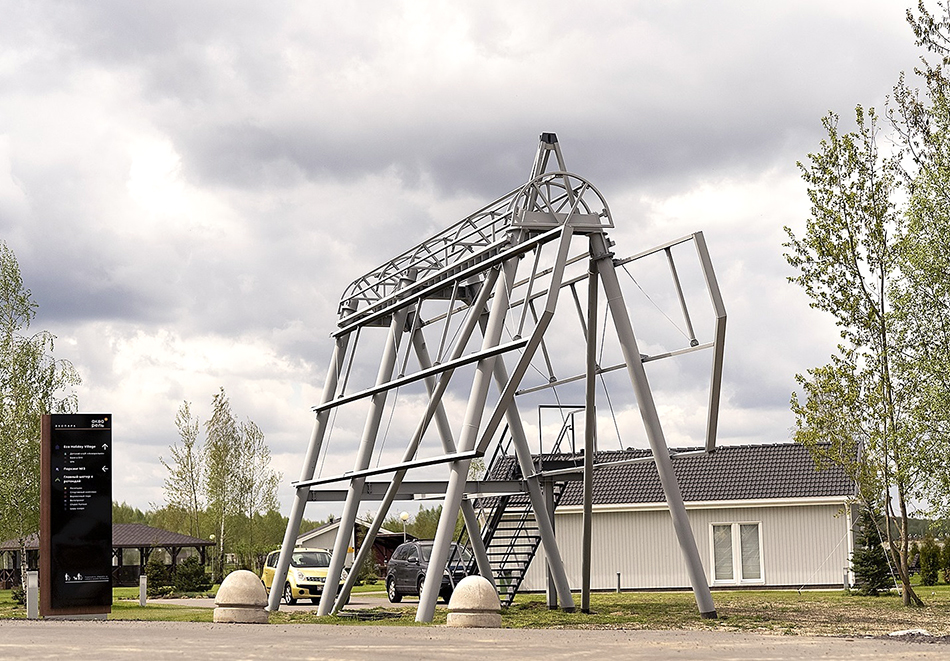
Minimal expenses with maximum effect
The string rail overpass of the uLite complex consists of two anchoring structures and four supporting towers (one of them is a swivel one) with a height of about 15 meters. The point-mounted delicate structures are 250 meters apart and the stations are located at the edges of the track. Their erection required minimal land allocation for construction and a small amount of excavation work. Thus, with a total area of the complex site of 0.5 hectares, less than 0.1 hectares were used for the supports and stations construction. As a result, the natural topography of the area is not violated and the fertile soil, landscape and biodiversity of the adjacent territories are preserved.
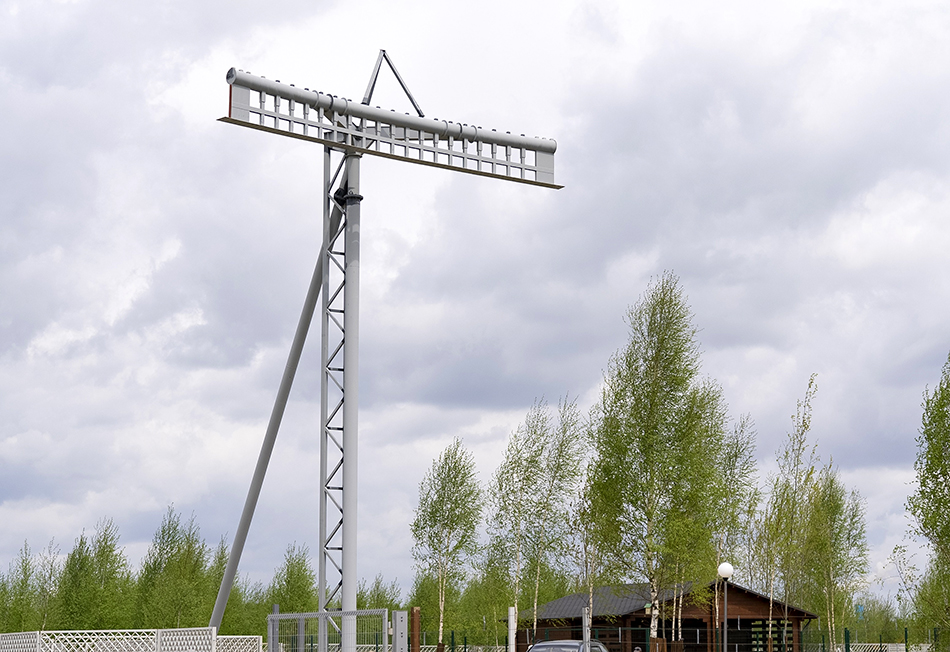
"The construction of supports took minimal technical expenses. At the first stage, we made an excavation pit for the reinforced concrete foundation, then started laying the foundation for the anchoring structure. The next step was the assembly and installation of bearing metal structures of the stations, after thar their architectural appearance was already created," said Vitaly Lapkovsky, Chief Designer of the High-Speed Transport Complex.
Since the track structure and the uPod are quite lightweight, the supporting towers accept negligible vertical loads. This excluded the need to make them massive and install them too often, as in monorail systems or conventional road and rail overpasses. uLite has one of the lightest structures among the previously implemented uST complexes: the metal weight of one supporting tower is 2 tons. For comparison: the total weight of the support in the semi-flexible heavy-duty string rail overpass at EcoTechnoPark is more than 19 tons.
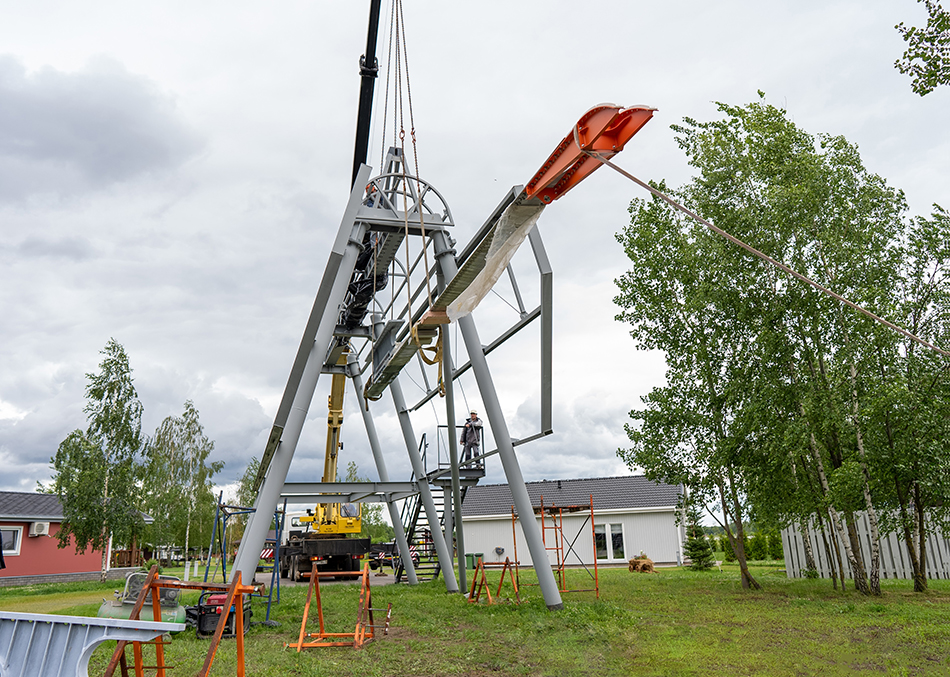
Emphasis on durability and safety
One of the main advantages of uLite supports is their low cost, ease of manufacturing, low consumption of construction materials, and high level of adaptability. They can be built in areas with complex terrain, as well as easily integrated into the existing urban development. Moreover, all assemblies and parts are made of high-quality wear-resistant materials. In addition, noise-absorbing materials are used to reduce the environmental impact.
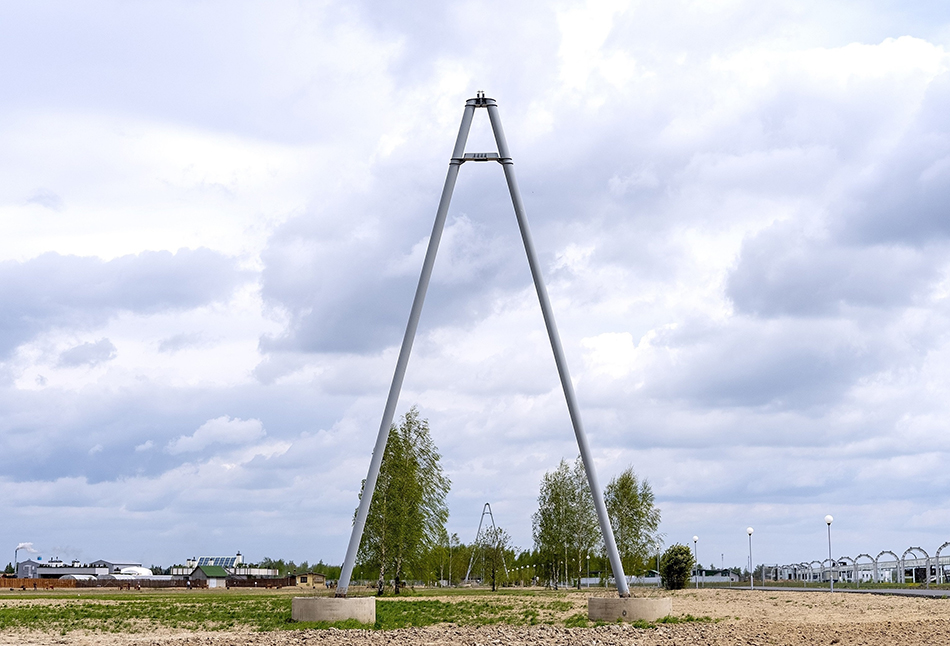
"When designing the supports, we considered the loads in the case of abnormal situations. For example, a heavy vehicle driving into the post of an supporting tower. Some supports are located along the road, where agricultural machinery is expected to move. To eliminate the risks of structural damage and ensure complete safety, we have provided additional protective elements in the form of concrete rings. They absorb and redistribute the load in case of an impact," pointed out Artyom Kabakov, Chief Project Engineer of UST Inc.
More news
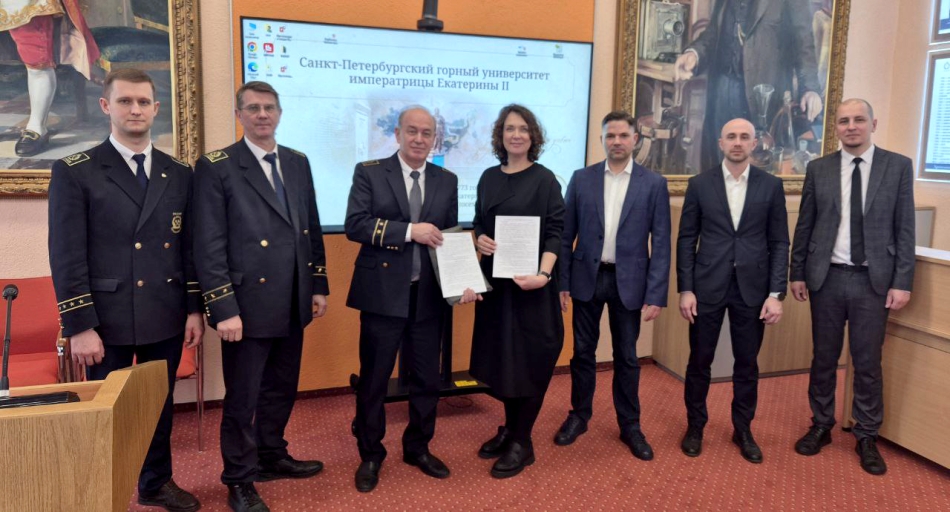
News
25 April 2025
UST Inc. Signed a Scientific and Technical Cooperation Agreement with Saint Petersburg Mining University
The agreement outlines collaboration on promoting cargo complex projects at mining and mineral processing sites.
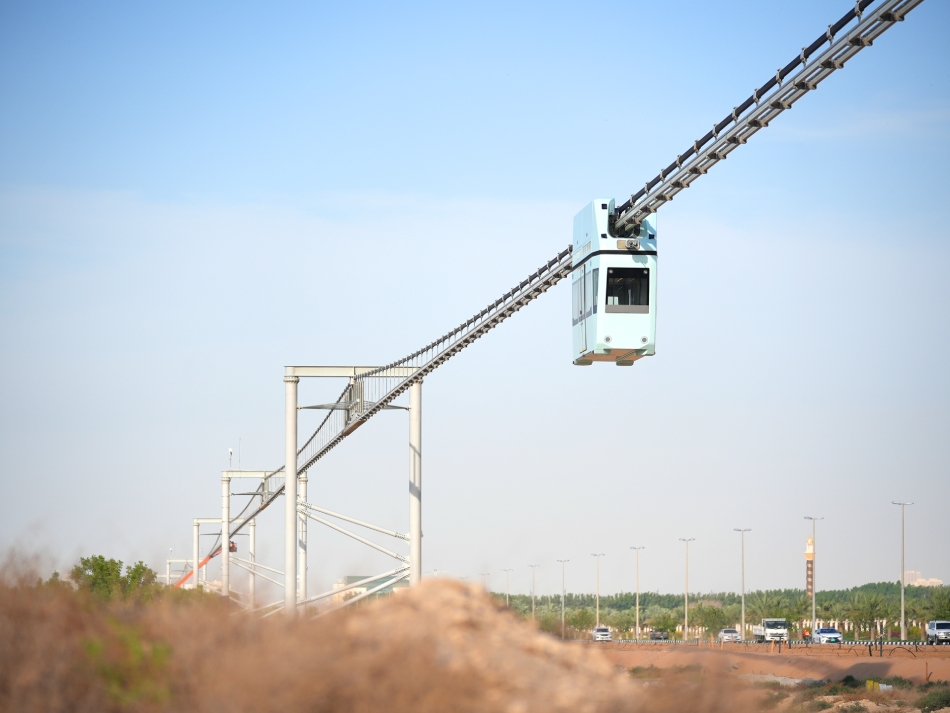
News
25 January 2024
The debugging of the uBus Karat control system has started in the uSky Center
Now engineers at the uSky Test and Certification Center set up the control system operability along with connecting the complex to the control room.
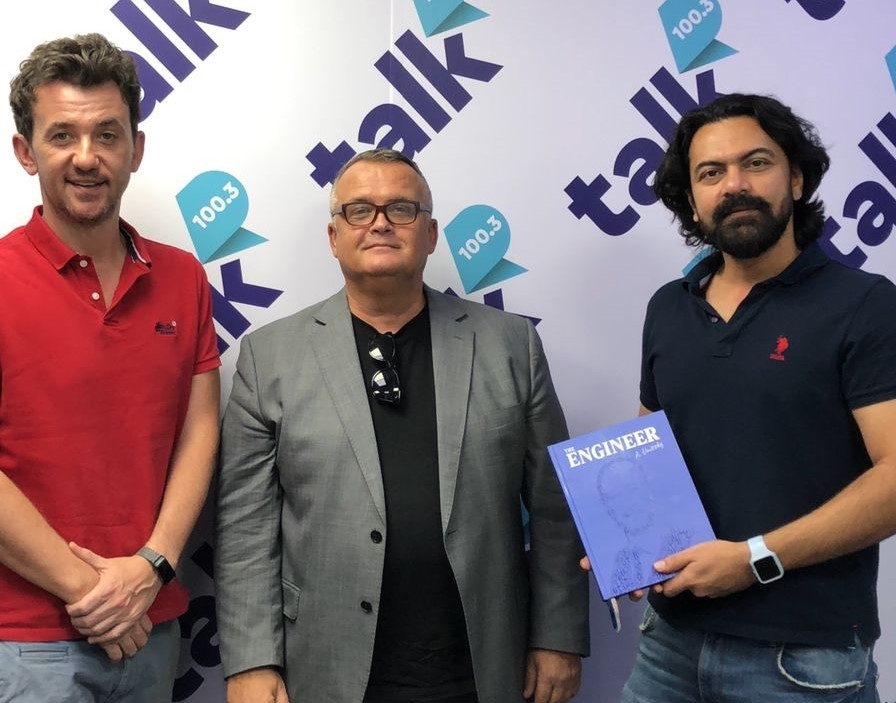
Interviews
1 September 2022
UAE Radio Stations Broadcast About the Transport from Unitsky String Technologies Inc.
In the UAE, two radio stations, Talk 100.3 FM and Dubai Eye, focused their broadcasts on discussing the possibilities and prospects of transport and infrastructure complexes being developed by Unitsky String Technologies Inc.

